CHAPTER THREE: SCAR TISSUE

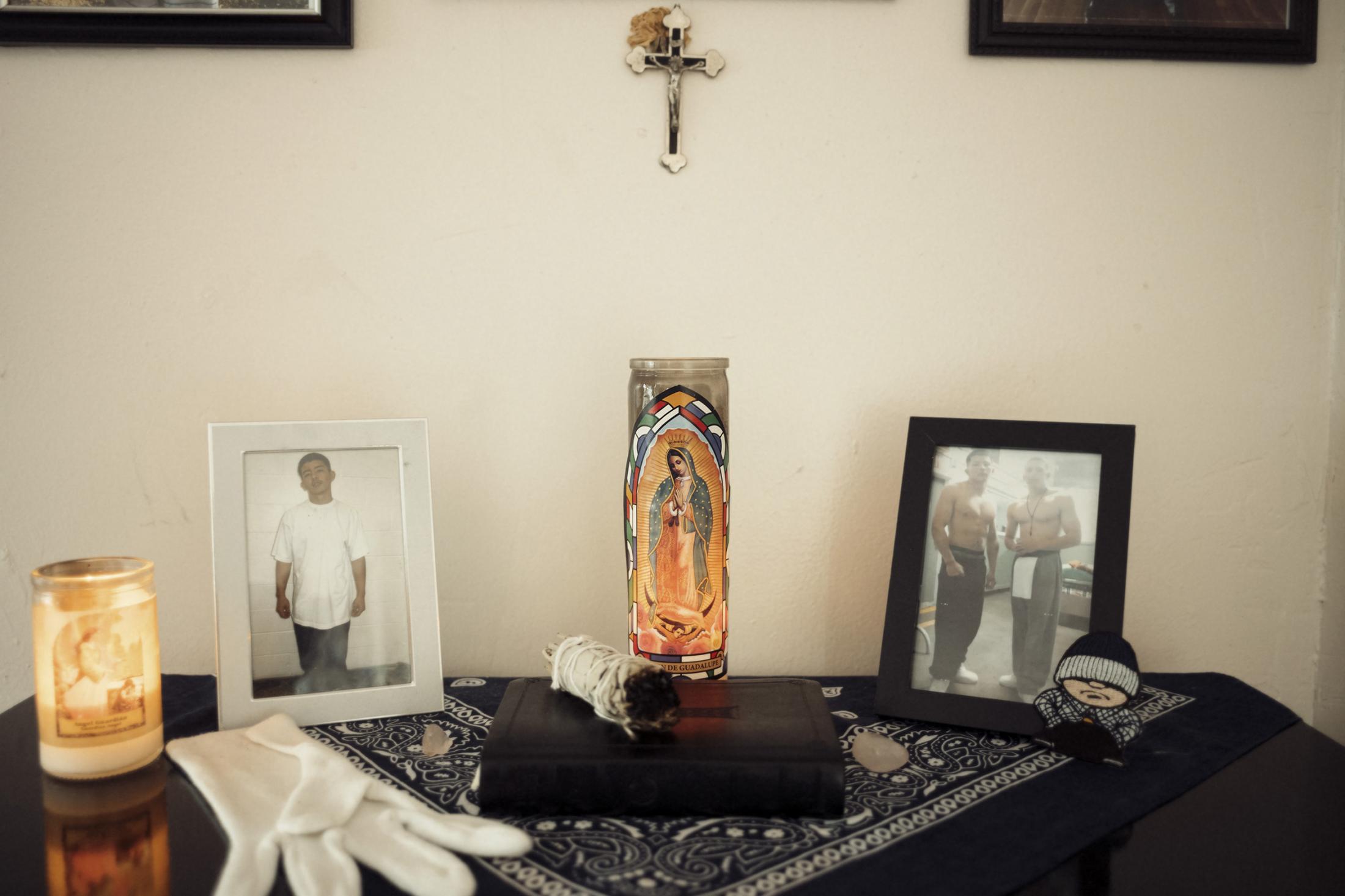


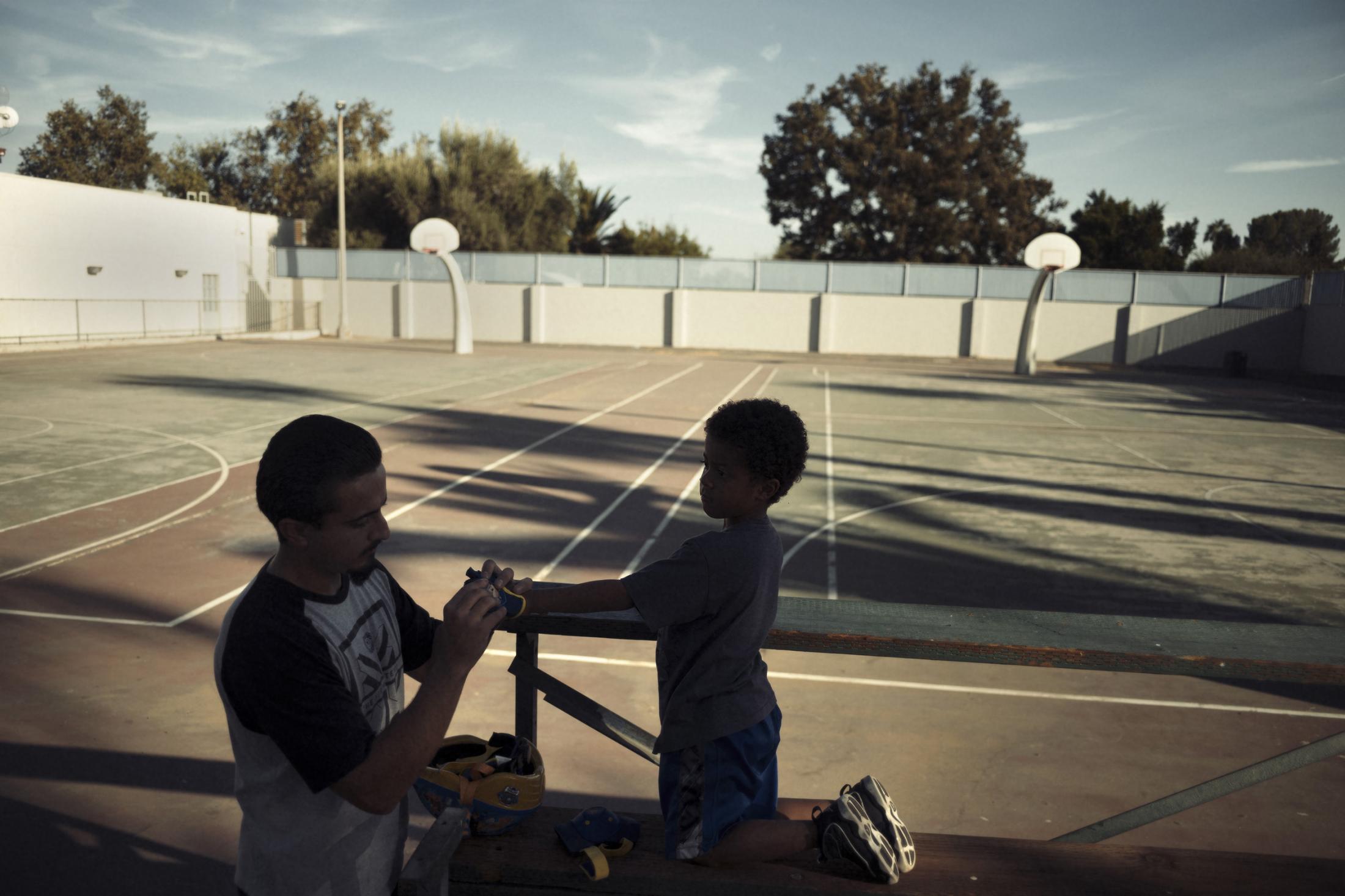
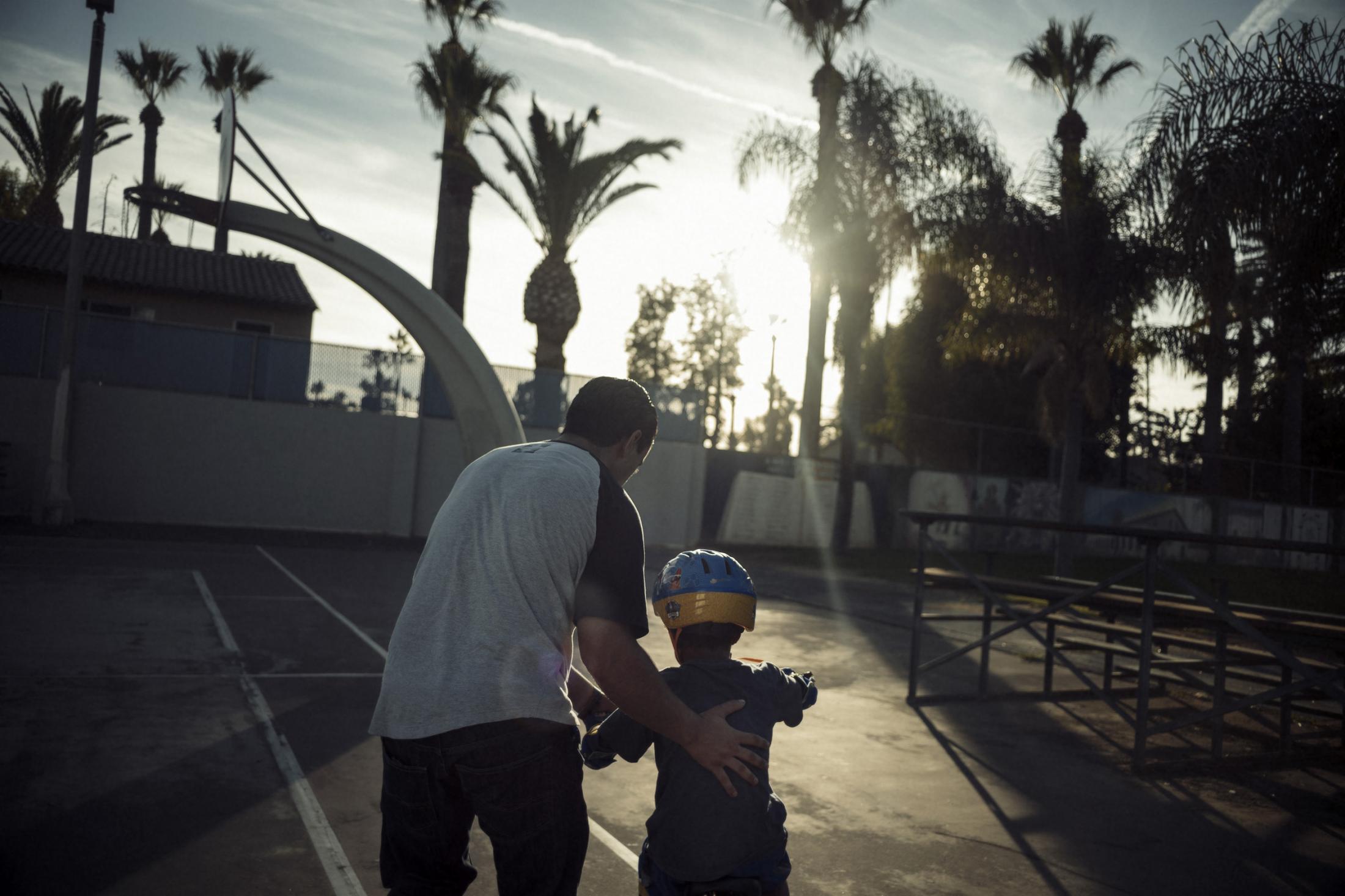




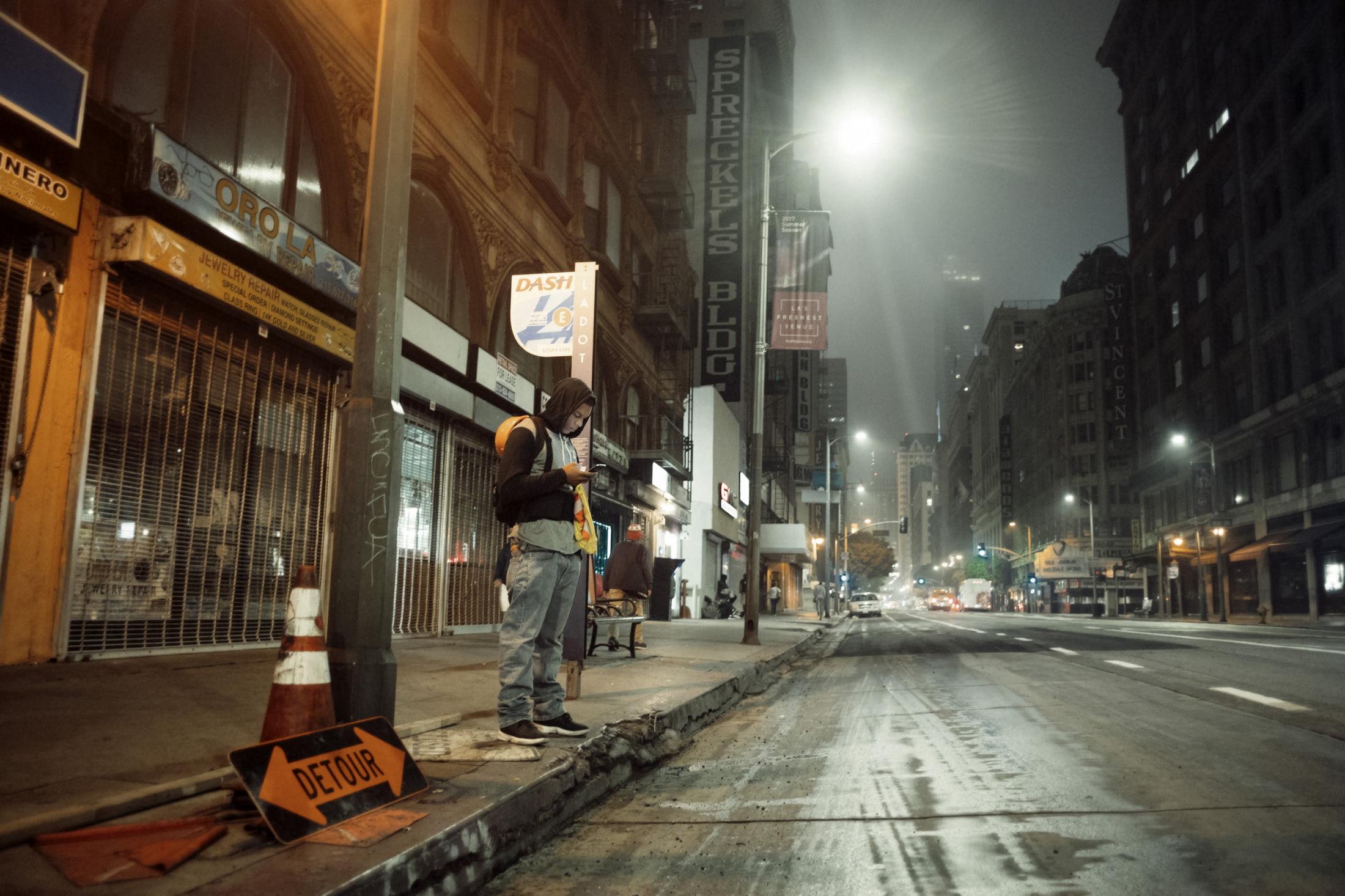
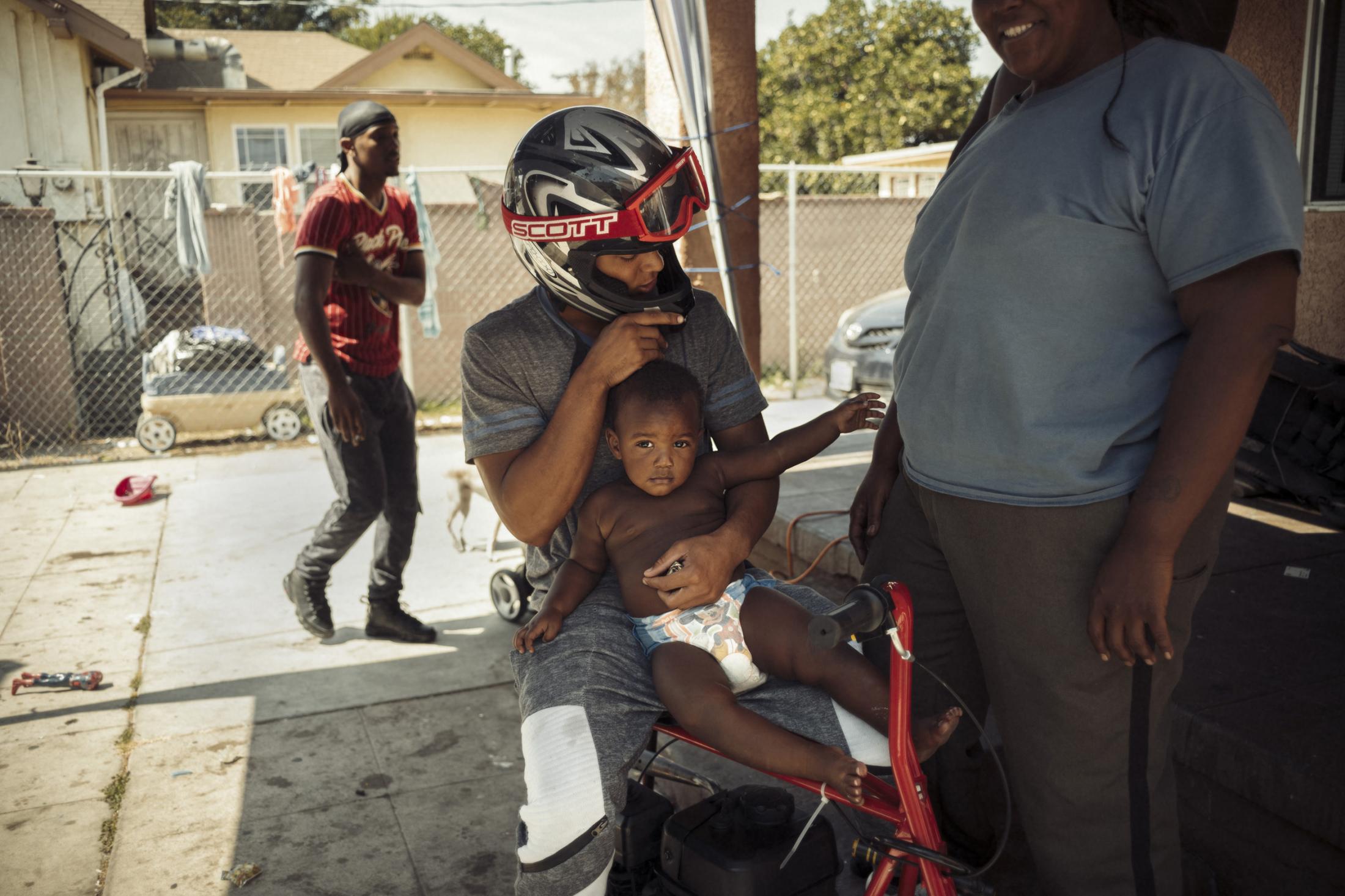

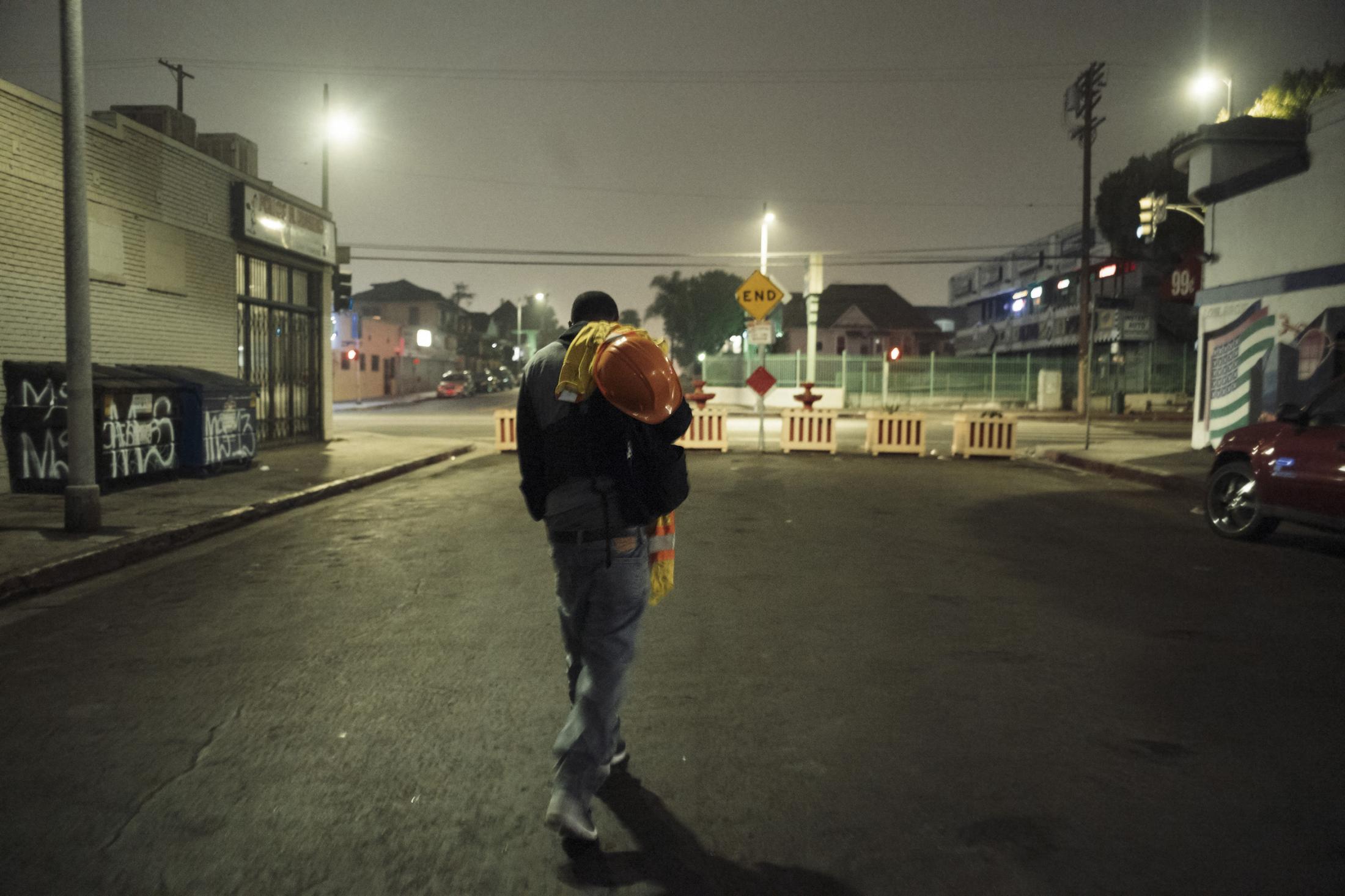
Young men attempting to re-enter their commuties after incarceration, California.
SUPPORTING PUBLISHERS:
Catchlight
Pulitzer Center
The Marshall Project
Washington Post Magazine
The California Sunday Magazine
The New York Times
SUPPORTING ORGANIZATIONS:
Visa pour l’image/Perpignan France - 2019
SF CameraWork - 2018
Photoville NYC - 2017
SUPPORTING PUBLISHERS:
Catchlight
Pulitzer Center
The Marshall Project
Washington Post Magazine
The California Sunday Magazine
The New York Times
SUPPORTING ORGANIZATIONS:
Visa pour l’image/Perpignan France - 2019
SF CameraWork - 2018
Photoville NYC - 2017
In the foothills of the Sierra Mountains, nearly 70 young men, between the ages of 18 and 23, spend their days at the Pine Grove Youth Conservation Camp. They sleep in bunks, eat in a mess hall and develop close bonds of friendship. But this isn’t a summer camp. Each resident is working off criminal charges, many for gang-related convictions that they received as young teenagers.
I spent a year chronicling the lives of the men, both at the camp and after they returned to the Central Valley towns where they came from.
I found a common thread: Although Pine Grove is a detention center, the last remaining youth fire camp in California and the oldest in the country, it’s in many ways an easier life than what awaits young men after they go back home. That’s because the label of “gang affiliated” follows them for years, adding onerous probation requirements that make it nearly impossible not to violate the terms. It’s a cycle that leads most back into the criminal justice system.
Once hailed as an innovative tool to fight gang violence in the late 1980s and 1990s, these requirements, called gang injunctions, are facing increasing criticism from civil liberties groups. Gang injunctions are restraining orders aimed at groups of people, rather than individuals. These orders can restrict otherwise ordinary, lawful activity of people deemed to be affiliated with gangs, such as visiting neighbors, hanging out in a yard or riding a bike.
This month, a federal judge in Southern California temporarily halted gang injunctions in Los Angeles after finding the process was riddled with errors. The class action lawsuit claims that gang injunctions are a violation of due process rights under the Constitution.
My aim is to go beyond the policy debates and provides an intimate look at the complicated world they find when they come home and struggle to stay out of the system.
I spent a year chronicling the lives of the men, both at the camp and after they returned to the Central Valley towns where they came from.
I found a common thread: Although Pine Grove is a detention center, the last remaining youth fire camp in California and the oldest in the country, it’s in many ways an easier life than what awaits young men after they go back home. That’s because the label of “gang affiliated” follows them for years, adding onerous probation requirements that make it nearly impossible not to violate the terms. It’s a cycle that leads most back into the criminal justice system.
Once hailed as an innovative tool to fight gang violence in the late 1980s and 1990s, these requirements, called gang injunctions, are facing increasing criticism from civil liberties groups. Gang injunctions are restraining orders aimed at groups of people, rather than individuals. These orders can restrict otherwise ordinary, lawful activity of people deemed to be affiliated with gangs, such as visiting neighbors, hanging out in a yard or riding a bike.
This month, a federal judge in Southern California temporarily halted gang injunctions in Los Angeles after finding the process was riddled with errors. The class action lawsuit claims that gang injunctions are a violation of due process rights under the Constitution.
My aim is to go beyond the policy debates and provides an intimate look at the complicated world they find when they come home and struggle to stay out of the system.